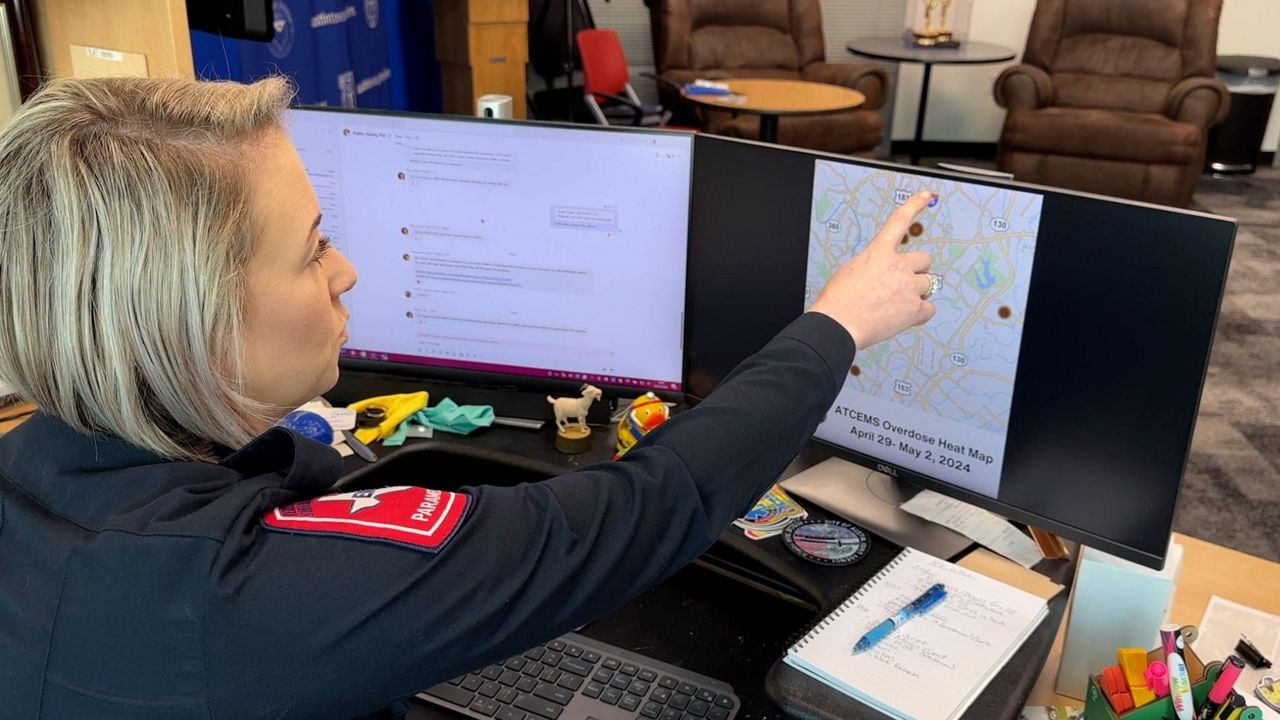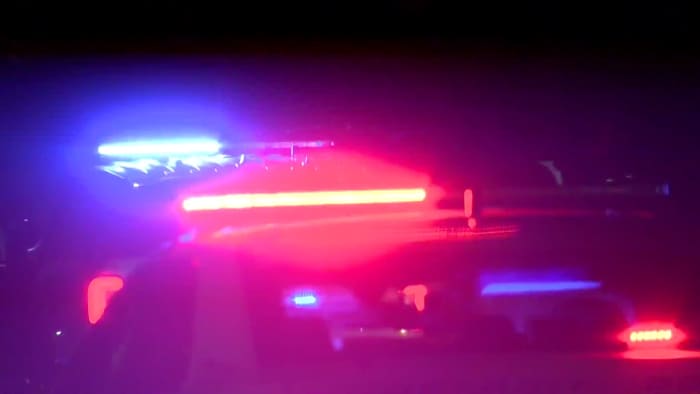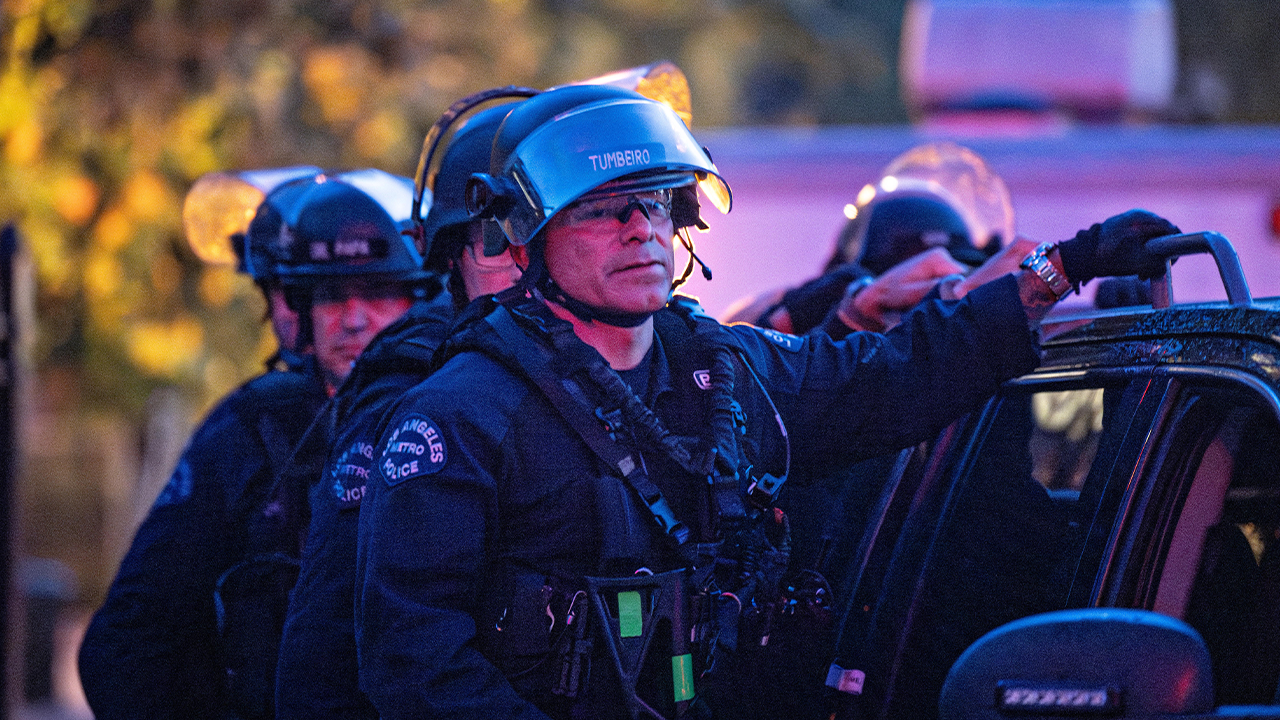World
Russia’s central bank raises key interest rate amid weaker rouble
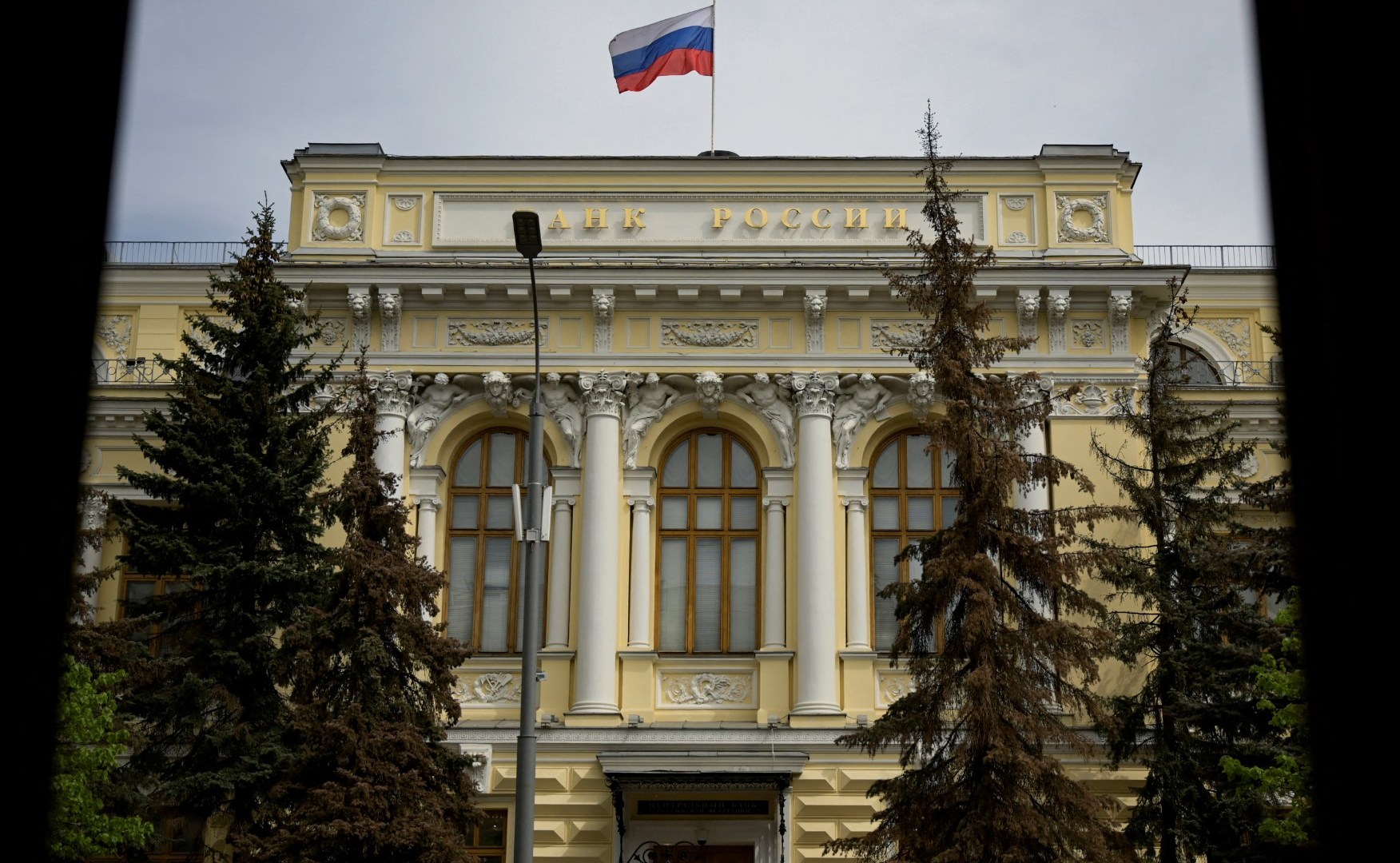
The third rate hike in two months comes as Russia grapples with higher inflation and a weaker rouble.
Russia’s central bank has raised its key interest rate by 100 basis points to 13 percent, hiking the cost of borrowing for the third time in two months as it grapples with higher inflation and a weaker rouble.
Inflation in Russia accelerated in recent months and has remained stubbornly high, with the central bank failing to meet its target of four percent.
The central bank said on Friday its board of directors decided to increase the key rate from 12 percent to 13 percent.
“Inflationary pressure in the Russian economy remains high,” the bank said in a statement.
The bank also pointed to the “depreciation of the rouble”, which has shed about 30 percent of its value against the US dollar since the start of the year.
“The Bank of Russia will assess the feasibility of further increases of the key rate at its upcoming meetings,” it said.
The central bank adjusted its year-end forecast for inflation to 6.0-7.0 percent from 5.0-6.5 percent. Annual inflation was running at 5.33 percent as of September 11, above the 4 percent target.
Capital Economics said it was not convinced inflation would return to the bank’s 4 percent target in 2024, and expected more rate hikes to come.
“Russia’s central bank is a hawkish institution that takes its commitment to inflation fighting seriously,” Liam Peach, senior emerging markets economist, told Reuters news agency.
“With fiscal policy set to remain loose, the economy likely to continue overheating and inflation pressures to build further, there will be more pressure on the central bank to tighten monetary policy,” he added.
Previous rate hikes
The central bank last hiked its key rate at an emergency meeting in August, a day after the rouble tumbled to a more than 16-month low against the US dollar.
On Tuesday, President Vladimir Putin downplayed the weakening of the currency, which has been weighed down by lower export revenues and higher military spending in the wake of the conflict in Ukraine.
“This issue requires its own painstaking research by the central bank and the Russian government and financial authorities,” he said at the Eastern Economic Forum in Vladivostok.
Russian officials have largely shrugged off the economic effects of Moscow’s dragging offensive in Ukraine, despite an exodus of foreign companies and unprecedented Western sanctions.

World
Minnesota unfurls new state flag atop the capitol for the first time Saturday
ST. PAUL, Minnesota (AP) — Minnesota officially unfurled its new state flag atop the capitol for the first time Saturday on statehood day.
The new flag and accompanying state seal were adopted to replace an old design that Native Americans said reminded them of painful memories of conquest and displacement.
The new symbols eliminate an old state seal that featured the image of a Native American riding off into the sunset while a white settler plows his field with a rifle at the ready. The seal was a key feature of the old flag. That’s why there was pressure to change both.
Officials didn’t pick any of the most popular designs submitted online that included options like a loon — the state bird — with lasers for eyes.
Instead, the new design adopted in December features a dark blue shape resembling Minnesota on the left, with a white, eight-pointed North Star on it. On the right is a light blue field that to those involved in the selection process symbolizes the abundant waters that help define the Land of 10,000 Lakes.
The new state seal features a loon amid wild rice.
World
2 ISIS militants suspected in 2014 massacre of Iraqi soldiers turned over to Baghdad
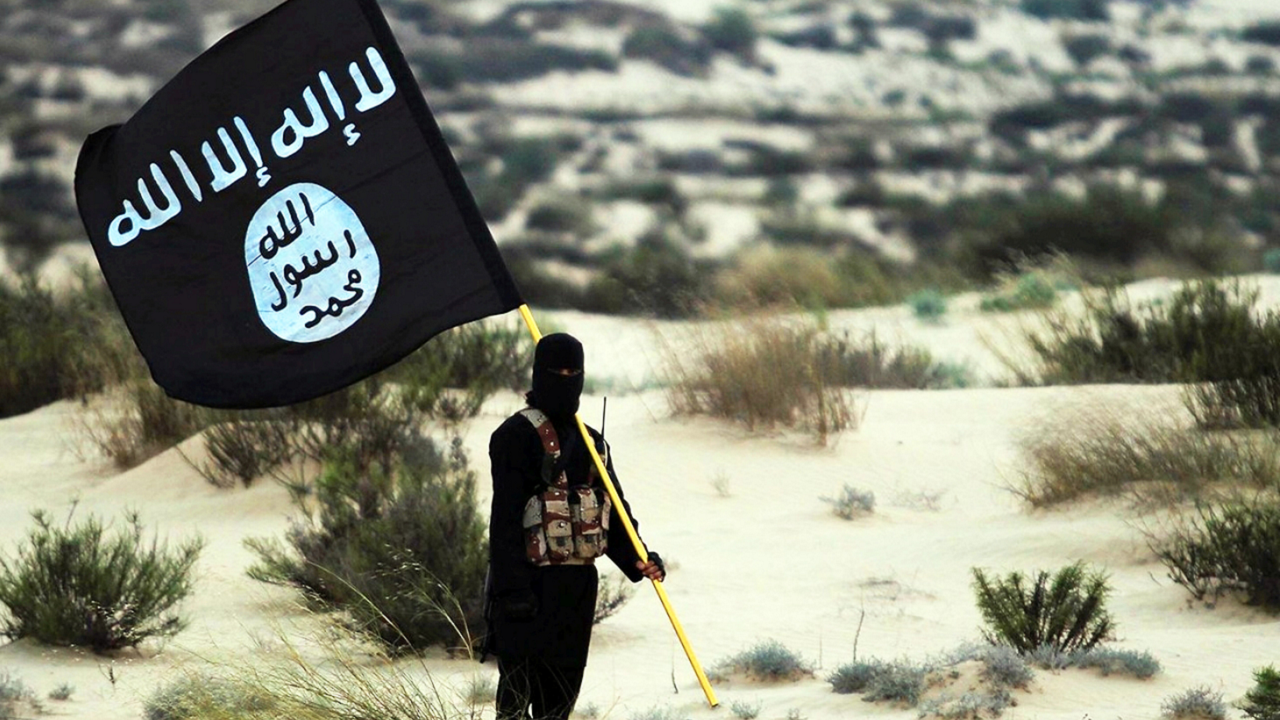
Syria’s U.S.-backed Kurdish-led force has handed over to Baghdad two Islamic State group militants suspected of involvement in mass killings of Iraqi soldiers in 2014, a war monitor said Friday.
The report by the Syrian Observatory for Human Rights came a day after the Iraqi National Intelligence Service said it had brought back to the country three IS members from outside Iraq. The intelligence service did not provide more details.
The Islamic State group captured an estimated 1,700 Iraqi soldiers after seizing Saddam Hussein’s hometown of Tikrit in 2014. The soldiers were trying to flee from nearby Camp Speicher, a former U.S. base.
ISIS CLAIMS RESPONSIBILITY FOR BOMBING THAT KILLED A DOZEN POLICE OFFICERS IN AFGHANISTAN
Shortly after taking Tikrit, IS posted graphic images of IS militants shooting and killing the soldiers.
Farhad Shami, a spokesman for the Kurdish-led Syrian Democratic Forces, said the U.S.-backed force handed over two IS members to Iraq. It was not immediately clear where Iraqi authorities brought the third suspect from.
A masked Islamic State soldier poses holding the ISIS flag in 2015. (Pictures from History/Universal Images Group via Getty Images)
The 2014 killings, known as the Speicher massacre, sparked outrage across Iraq and partially fueled the mobilization of Shiite militias in the fight against IS, a Sunni extremist group.
Iraq has over the past several years put on trial and later executed dozens of IS members over their involvement in the Speicher massacre.
The Observatory said the two IS members were among 20 captured recently in a joint operation with the U.S.-led coalition in the northern Syrian city of Raqqa, once the capital of the Islamic State group’s self-declared caliphate.
Despite their defeat in Iraq in 2017 and in Syria in March 2019, the extremists sleeper cells are still active and have been carrying out deadly attacks against SDF and Syrian government forces.
Shami said a car rigged with explosives and driven by a suicide attacker tried Friday night to storm a military checkpoint for the Deir el-Zour Military Council, an Arab majority faction that is part of the SDF, in the eastern Syrian village of Shuheil. Shami said that when the guards tried to stop the car, the attacker blew himself up killing three U.S.-backed fighters.
No one immediately claimed responsibility but the attack but it was similar to previous such explosions carried out by IS militants.
The SDF is holding over 10,000 captured IS fighters in around two dozen detention facilities, including 2,000 foreigners whose home countries have refused to repatriate them. The force says fighters of about 60 nationalities had entered Syria years ago and were captured in battle.
Kurdish authorities in northeastern Syria have said they will put on trial IS detainees, though it is not clear when such trials would begin.
World
Hamas says a captive has died of wounds sustained in Israeli air strike

British-Israeli Nadav Popplewell was taken captive from Nirim kibbutz by Palestinian group Hamas on October 7.
Hamas’s armed wing, the Qassam Brigades, has said British-Israeli captive Nadav Popplewell died of wounds sustained in an Israeli air strike a month ago.
The group’s announcement on Saturday came just hours after the Palestinian group released an 11-second video showing Popplewell with a bruised eye.
In the video republished on social media and cited by Israeli news outlets, a man is seen wearing a white T-shirt and he introduces himself as 51-year-old Nadav Popplewell from the Nirim kibbutz in southern Israel.
Superimposed text in Arabic and Hebrew reads: “Time is running out. Your government is lying.”
Popplewell was taken captive in Nirim during the Hamas-led attack on October 7, according to Israel’s Ynet news site. His mother was also taken as a captive but later released during the exchange of captives and prisoners by Hamas and Israel last year. Popplewell’s brother was killed in the attack, Ynet reported.
The video posted on Saturday on the Telegram channel of Hamas’s armed wing is the third time in less than a month the group has released footage of captives held in Gaza.
On April 27, Hamas released a video showing two captives alive – Keith Siegel and Omri Miran. Three days earlier it also broadcast another video showing captive Hersh Goldberg-Polin alive.
The videos come amid growing domestic pressure on the Israeli government to secure the release of the remaining captives.
Reporting from Amman, Al Jazeera’s Stefanie Dekker, said this tactic of releasing videos of captives on a Saturday, when protests take place in Tel Aviv, is a way of pressurising the Israeli government.
“This is what’s been a drip-feed if you will from Hamas. Where, by releasing videos, at times showing hostages dead, they are trying to put pressure on the Israeli government,” she said.
“But this hasn’t really changed the policies of [the Israeli] government.”
On Saturday, the Hostages and Missing Families Forum in Israel released a statement calling on the Israeli government to strike a deal with Hamas in order to secure the release of captives.
“Every sign of life received from the hostages held by Hamas is another cry of distress to the Israeli government and its leaders,” the families’ group said in its statement.
“We don’t have a moment to spare! You must strive to implement a deal that will bring them all back today.”
Relatives of the captives also accused Prime Minister Benjamin Netanyahu of not caring about those being held in Gaza and called on Netanyahu to resign.
“There is no victory and can be no victory without the return of the hostages,” a spokesperson said at a press conference in Tel Aviv on Saturday afternoon.
Despite the immense pressure, Netanyahu and his government have so far failed to strike a deal with Hamas.
Some 1,139 people were killed on October 7 when Hamas and allied fighters attacked southern Israel, and 250 captives were also taken to the Gaza Strip. Israeli officials say 128 of them are still being held in the Palestinian territory, including 36 who are dead.
Israel’s seven-month military campaign in Gaza has so far killed at least 34,971 people and wounded 78,641 others.
-

 News1 week ago
News1 week agoPolice enter UCLA anti-war encampment; Arizona repeals Civil War-era abortion ban
-

 Politics1 week ago
Politics1 week agoThe White House has a new curator. Donna Hayashi Smith is the first Asian American to hold the post
-

 News1 week ago
News1 week agoSome Florida boaters seen on video dumping trash into ocean have been identified, officials say
-
)
) Movie Reviews1 week ago
Movie Reviews1 week agoThe Idea of You Movie Review: Anne Hathaway’s honest performance makes the film stand out in a not so formulaic rom-com
-

 Education1 week ago
Education1 week agoVideo: President Biden Addresses Campus Protests
-

 World1 week ago
World1 week agoUN, EU, US urge Georgia to halt ‘foreign agents’ bill as protests grow
-

 World1 week ago
World1 week agoIn the upcoming European elections, peace and security matter the most
-

 World1 week ago
World1 week agoArizona Senate repeals near-total 1864 abortion ban in divisive vote




